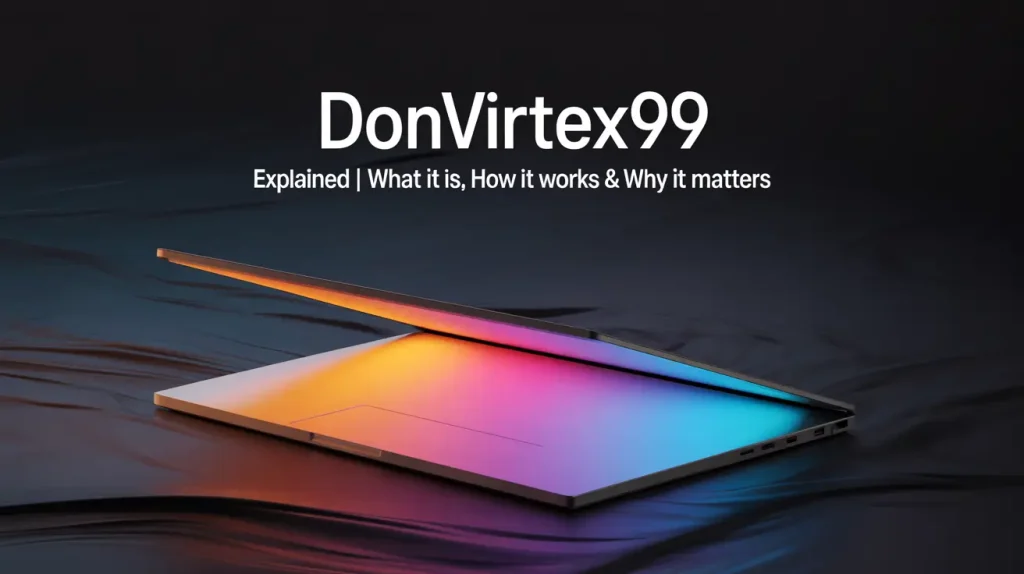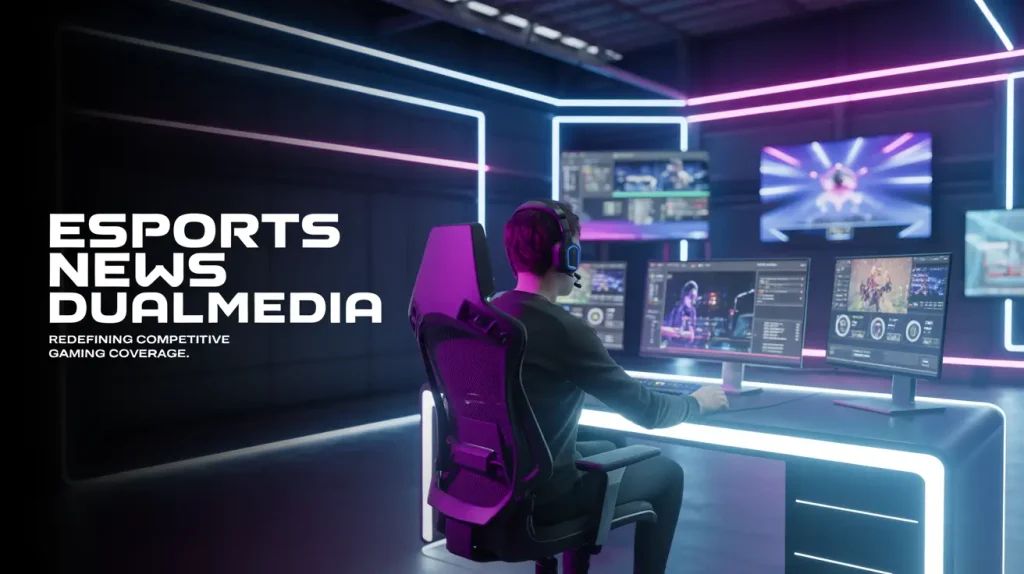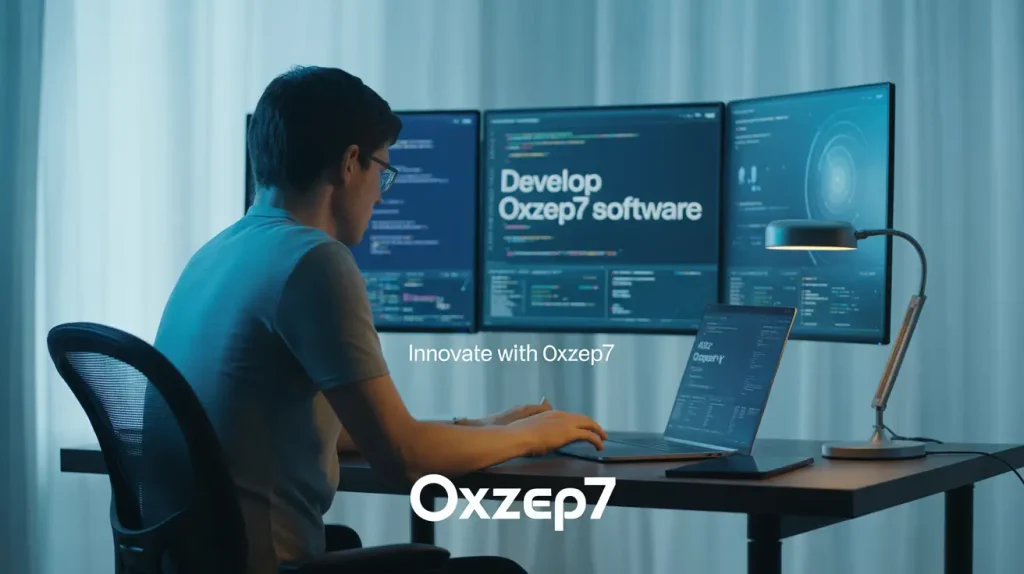Application Mobile DualMedia 2025 – Powerful Innovation

In today’s digital world, the use of multiple media platforms through a single application is no longer just a luxury — it’s becoming a necessity. With mobile technology evolving rapidly, the idea behind “Application Mobile DualMedia” is shaping into a revolutionary concept that combines two powerful experiences — mobility and multimedia integration. But what exactly does it mean, and how is it changing the way we use our phones every day?
Let’s explore the full story behind Application Mobile DualMedia, its functionality, its real-world applications, and why it is emerging as a vital component in the next wave of mobile innovation.
What Is Application Mobile DualMedia?
The term “Application Mobile DualMedia” refers to a mobile application designed to handle two or more types of media seamlessly within one unified platform. It bridges the gap between audio, video, graphics, and live interactions, enabling users to engage in multiple forms of content without switching between apps or tools.
Think of it as an ecosystem where you can watch, listen, share, and interact — all within one environment. In simple words, DualMedia applications integrate the power of multimedia into a single, user-friendly mobile experience.
This idea reflects how our digital habits are changing. Modern users demand speed, convenience, and multi-functionality. Whether it’s streaming a video while chatting or sharing real-time updates during a live podcast, dual media applications simplify multitasking in the most efficient way.
The Evolution of Mobile Media Integration
Before the rise of DualMedia concepts, mobile applications were mostly single-purpose. A few years ago, one app was dedicated to messaging, another for videos, and another for social media interactions. However, users found this approach fragmented and time-consuming.
As technology evolved, developers began to merge functions, giving rise to integrated digital platforms. Apps like WhatsApp introduced voice and video calls, while social platforms added stories, reels, and live sessions. This trend paved the way for DualMedia — where different forms of media are no longer separated but synchronized within one mobile space.
DualMedia applications are essentially the next step in this evolution. They focus on real-time performance, cross-functionality, and user-centric design, ensuring that mobile users can consume and produce content across multiple formats without lag or complexity.
How Application Mobile DualMedia Works
The functionality of DualMedia mobile applications relies on advanced data streaming protocols, media compression technologies, and responsive design. These apps are structured to handle two simultaneous media streams — for example, video + text, audio + graphics, or AR + live chat.
Such apps use dual processing algorithms that allow smooth playback while maintaining stable performance. Modern smartphones with multi-core processors and 5G connectivity make it easier for these applications to operate without delays.
For instance, an app could allow a user to watch a training video while participating in a live Q&A, or stream music while sharing visuals and captions in real-time. This dual approach enhances engagement and brings users closer to immersive communication.
Why DualMedia Applications Are Important
The modern audience consumes information differently. People multitask more than ever — they browse, stream, and chat simultaneously. DualMedia applications cater directly to this behavior by offering:
-
Convenience: No need to switch between multiple apps.
-
Enhanced interaction: Real-time media sharing while staying connected.
-
Better user experience: Smooth transitions between different media formats.
-
Efficiency: Reduces battery and processing strain compared to using multiple apps.
Moreover, brands and businesses can leverage these apps for marketing and communication, enabling them to interact with their audience through multiple content layers. Imagine a company hosting a live stream where viewers can simultaneously respond with voice notes, emojis, or short videos — that’s DualMedia in action.
Real-World Examples of DualMedia Concepts
While the term “DualMedia” may sound new, its principles are already visible in many applications we use daily.
For example:
-
Instagram Live: Allows simultaneous video streaming and text interaction through comments.
-
YouTube Shorts: Combines visuals, sound, and text overlays dynamically.
-
Zoom and Google Meet: Enable video and screen sharing together, blending two media formats.
However, Application Mobile DualMedia aims to go beyond these features. It seeks to create an all-in-one mobile platform where content creation, communication, and entertainment merge seamlessly.
Benefits for Developers and Businesses
For developers, creating a DualMedia mobile application opens a world of innovation. It allows the design of multi-functional apps that meet the complex needs of today’s users. Such applications attract more engagement, extend screen time, and strengthen user loyalty.
Businesses also gain tremendous value. With a DualMedia app, companies can:
-
Host live product demonstrations with interactive customer feedback.
-
Run multimedia advertising campaigns that integrate videos, animations, and live chat.
-
Improve internal communication by using multi-layered media for employee training or meetings.
The future of app development lies in offering versatile and immersive experiences, and DualMedia platforms are at the heart of that change.
Challenges in DualMedia Application Development
While the concept is revolutionary, implementing it comes with challenges. The biggest hurdles include:
-
Data management: Handling two types of media simultaneously requires advanced compression.
-
Battery optimization: Dual processes can increase energy consumption.
-
Network reliability: High-speed internet is crucial to avoid lags.
-
User interface design: Developers must ensure ease of navigation even with multiple media streams running at once.
Despite these challenges, the growing computing power of modern smartphones and improvements in mobile network speeds make it increasingly feasible to deploy these advanced systems efficiently.
The Future of Mobile DualMedia Technology
The next few years are expected to bring massive improvements in the field of DualMedia applications. As 5G and AI continue to mature, apps will be able to analyze user behavior, adapt interfaces in real-time, and automatically optimize the performance of dual media streaming.
For example, a DualMedia AI app could detect whether you’re in a meeting or watching a video and automatically adjust sound, visuals, and resource allocation for optimal experience. The combination of AI and multimedia is set to redefine digital engagement altogether.
Moreover, the integration of Augmented Reality (AR) and Virtual Reality (VR) into DualMedia applications will create immersive environments where users can communicate, collaborate, and interact using multiple senses simultaneously.
Impact on Users and Society
DualMedia mobile applications are not just transforming the way we interact with devices — they’re also changing how we connect with people and information.
These applications foster creativity and collaboration, encouraging users to produce diverse content quickly and efficiently. They also support remote learning, online events, and virtual communities, which have become vital in a post-pandemic world.
As communication becomes increasingly visual and interactive, DualMedia platforms represent a bridge between human expression and digital capability. They make storytelling more dynamic and learning more engaging.
Security and Privacy in DualMedia Applications
Whenever technology evolves, data privacy becomes a concern. Since DualMedia apps manage multiple media streams, developers must ensure end-to-end encryption and secure data management.
Trust plays a huge role in user adoption. If a DualMedia application collects or shares personal information, users need clear privacy controls and transparent policies. Building confidence through security will determine how successfully such apps gain traction in the global market.
How DualMedia Can Transform Industries
From education and healthcare to entertainment and e-commerce, DualMedia mobile applications have the potential to reshape industries.
-
Education: Enables real-time interaction during live lectures — students can view slides and video simultaneously.
-
Healthcare: Doctors can share live visuals with patient reports in one session.
-
E-commerce: Sellers can stream product demos while engaging directly with viewers.
-
Entertainment: Artists can host interactive shows combining live music and audience chat.
Each of these use cases shows how powerful dual-format media can be when built into mobile experiences that prioritize accessibility and connection.
Conclusion
So, what exactly is Application Mobile DualMedia? It’s more than just a buzzword — it’s the beginning of a new digital standard. By combining different forms of media into a single, cohesive mobile platform, DualMedia applications empower users, creators, and businesses to engage in smarter, richer, and more efficient ways.
As technology continues to evolve, the boundaries between content formats will blur even further. The next generation of mobile experiences will not only inform but also interact, entertain, and inspire. The Application Mobile DualMedia movement is a clear step toward that future — one where everything we see, hear, and share exists in harmony, right in the palm of our hand.
FAQs
Q1: What does Application Mobile DualMedia mean?
It refers to a mobile application that integrates two or more types of media (audio, video, graphics, etc.) into one interactive platform.
Q2: How do DualMedia apps benefit users?
They save time, enhance engagement, and allow users to multitask efficiently by combining multiple features in one place.
Q3: Are DualMedia applications difficult to develop?
They require strong processing support, smart design, and advanced data management, but modern technology has made them increasingly feasible.
Q4: Can DualMedia apps work offline?
Basic features can, but full media synchronization often needs stable internet connectivity, especially for streaming.
Q5: What industries can benefit from DualMedia?
Education, healthcare, marketing, and entertainment sectors can all leverage these apps for richer, more interactive communication.
For More Visits: Mymagazine

 English
English 
























































































































































![swimsuit edition [abbb] - 1.20 21 swimsuit edition - chapter](https://mymagazine.blog/wp-content/uploads/2025/09/swimsuit-edition-abbb-1.20-21-swimsuit-edition-chapter1-1024x574.webp)























































































































































































































































